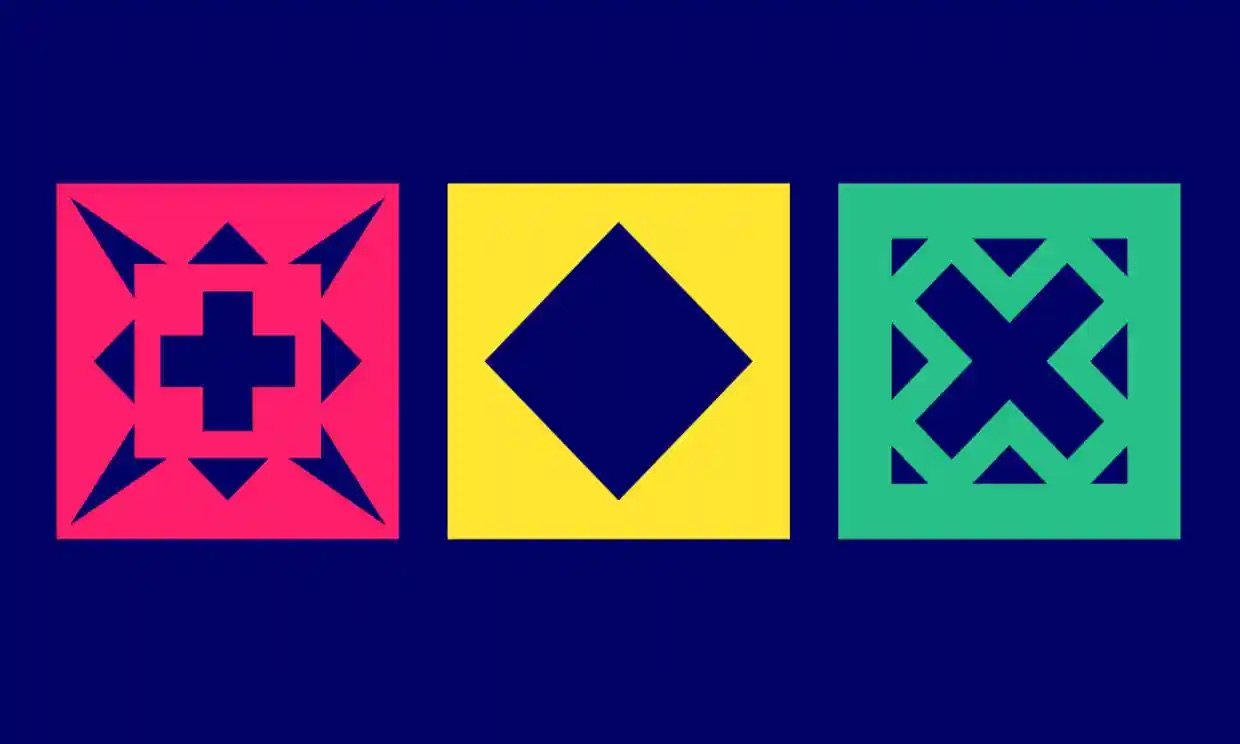the
collaborative
mix
“Make happy those who are near and those who are far will come”
hato studio +press
It’s this concept of play which Hato have struck upon, and which I believe is cornerstone to collaboration with children. One of the greatest and most holistic concepts that children can educate adults on, is the ability to play. To children it is comes naturally, majority of adults need to relearn it.
research task:
Brief one is far from done, but work in progress. Onward.
This week we’re looking at the Collaborative mix, and more “classical” approaches to collaboration in design. Lots of inspirational case studies there, but my takeaways are central to working with children.
Originally I’d envisioned using the collaborative brief to test out some of my research proposal notions in a classroom. What I failed to foresee : school holidays. It’s the end of the academic year in UAE, and in NZ - winter break.
I can utilize my own children as guinea pigs but that hardly seems scientific, let alone objective. Instead I think I’ll focus on collaboration with children more broadly.
How can we co-create with children through the design process? “Design thinking” is a term bandied around elementary curricula: What does it mean? Do teachers even know? How is it implemented? What guidelines for good practice are there? What are the ethics of researching design engagement with children?
lecture inspired:
morag myerscough
I wasn’t familiar but I simply love her work. Bringing joy! Recently I have been doing some work with geometric tangram shapes, trying to step out of a layered texture style I fall back toward. I’m not researching her collaborative model any further but her creations are a source of inspiration.
Whilst not directly relevant, I am fascinated by the business model of Hato Press, utilizing a small in house printing press as a mode of distribution for artists. I’ve bookmarked them to research further how it is operated financially, especially with their commitment to environmentalism. It’s on a wild list of business ideas. Too many ideas too little time.
Less tangental, is the work Hato Studio has done with children. Here is the space bus designed for Liverpool Biennial. https://www.itsnicethat.com/news/hato-liverpool-biennial-bus-280616
And there’s the site Moving Up, created in conjunction with Serpentine Galleries with the aim to help students transition from primary to secondary school. With simple illustrations and an easy interface, it’s a beautiful tool to help kids and teachers deal with the multitude of emotions of the transitional era.
Furthermore, Hato have embraced the work of Masanao Hirayama, aka Himaa, whose work is quintessentially innocent, naive and playful.
chip kidd
jon burgerman
Reflect on at least one example of a collaborative project that has led to an exemplary and historically significant piece of work.
Is not this the ultimate goal of design? A unique and derived solution - creative and yet applicable for the end user?
stenciletto
Frauke posted this on pallet: the story of mother Jane Braybrook who developed the app for her son. It is based on the stencil IQ test by Grace Arthur - a history I was unaware of, even though I love playing the variation of this game my kids own “Colour Code”.
Braybrook collaborated not only with her son, but also his peers at Mencap - an organization supporting people with learning disabilities.
and finally…
stefan sagmeister
Milton Glaser
Notes on a few renowned graphic designers who have cocreated with children
Renowned graphic designer Stefan Sagmeister has collaborated with children in his project called "The Happy Show." In this exhibition, Sagmeister explored the concept of happiness and invited children to contribute their drawings and interpretations of happiness, which were then displayed alongside his own work.
The late graphic designer Milton Glaser, known for his iconic "I ❤ NY" logo, collaborated with children in various projects. One notable example is the "It's Not Warming, It's Dying" campaign, where he worked with children to create posters and artwork to raise awareness about climate change and its impact on the planet.
Graphic designer Chip Kidd has collaborated with children in book design projects. In the book "Go: A Kidd's Guide to Graphic Design," Kidd incorporates children's artwork and encourages them to experiment with design principles and create their own book covers. This collaboration empowers children to explore design concepts and express their creativity.
Jon Burgerman is an artist and illustrator who often engages with children in his creative projects. He conducts workshops and interactive sessions where children contribute their drawings and ideas, which he incorporates into his artwork and installations. Burgerman's collaborations with children promote artistic expression and playfulness.
https://www.itsnicethat.com/articles/goran-soderstrom-daniela-juvall-ostberga-typography-130318
Look at this beautiful typeface! “Historically significant” may be partial to individual opinion, but the fact that designers of Letters From Sweden workshopped with children to develop this is collaboration at it’s optimal. Many of the collaboration models we have case studied this week look at experts working together. Educating and then co-creating forms such magical results.












